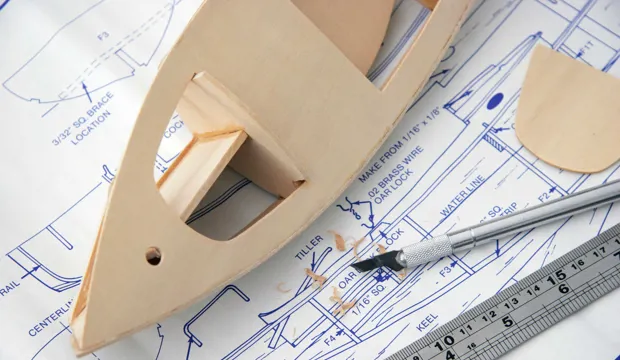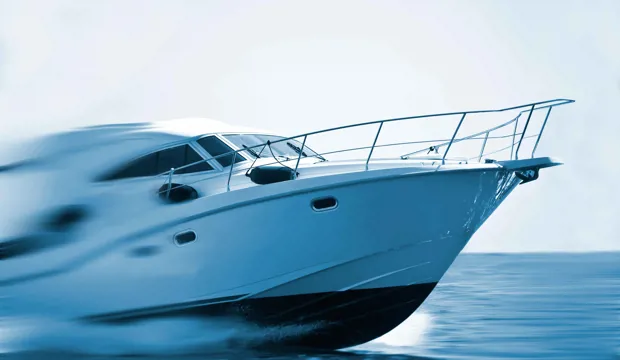
Boat design challenge - KS3 engineering
Test the speed of different boat designs
This is a fun engineering challenge for KS3 that will give students the opportunity to test boat hull designs in a test tank.
Can you design and build a boat hull to travel along the test tank in the quickest time? The hull must be stable enough to carry a standard weight. All boats will be ‘pulled’ by a pulley system at the end of the test tank.
Activity: Boat design challenge - KS3 engineering
Through this process, students will learn about the importance of applying relevant scientific and mathematical understanding when refining and developing an idea.
This activity allows students to explore and develop their critical thinking and decision-making skills through a practical approach. The experiment ensures a ‘fair’ set of results is produced. The success of their overall boat hull design is directly dependent upon how well they apply their knowledge and understanding across the disciplines. In addition, key learning points needs to be reinforced through mathematics.
The students could carry out initial research into different hull shapes used for various types of boat, and they should produce an image board of hulls with annotations to explain why the shape of the hull is appropriate for the particular type of boat.
Types of boat hulls that could be researched include yachts, cruise ships, speed boats, fishing boats, container ships, and catamarans.
This activity is designed to be taught through science and design and technology simultaneously, as a cross-curricular project and ideal for use in a STEM Club. However, it can also be tackled independently from each subject.
Tools/resources required
- Test Tank (the construction is a fairly simple activity and can be undertaken by your KS3 students (as an after school activity) or by a technician)
- Vacuum Former
- High Impact Polystyrene/MDF or softwood blocks
- Optionally, modelling clay
- General Workshop Facilities
- Stopwatch
- Masses with a suitable holder
The engineering context
The focus of this activity is on the principle of hydrodynamics (a similar set of principles to aerodynamics but involving water).
Suggested learning outcomes
By the end of this activity students will be able to understand the importance of testing models and prototyping within the development of an idea, the need for streamlining in boat design and the principles of hydrodynamic design.
Students will also be able to refine ideas in order to improve outcomes, they will be able to relate the shape of the hull to speed and the forces it needs to withstand maximum efficiency and they will be able to apply scientific and mathematical understanding to an engineering context.
Download the free Boat design challenge activity sheet below!
All activity sheets, worksheets and supporting resources are free to download, and all the documents are fully editable, so you can tailor them to your students’ and your schools’ needs.
The activity sheet includes teacher notes, guidance, useful web links, and links (where appropriate) to the national curriculum in each of the four devolved UK nations; England, Northern Ireland, Scotland and Wales.
Please share your classroom learning highlights with us @IETeducation.




